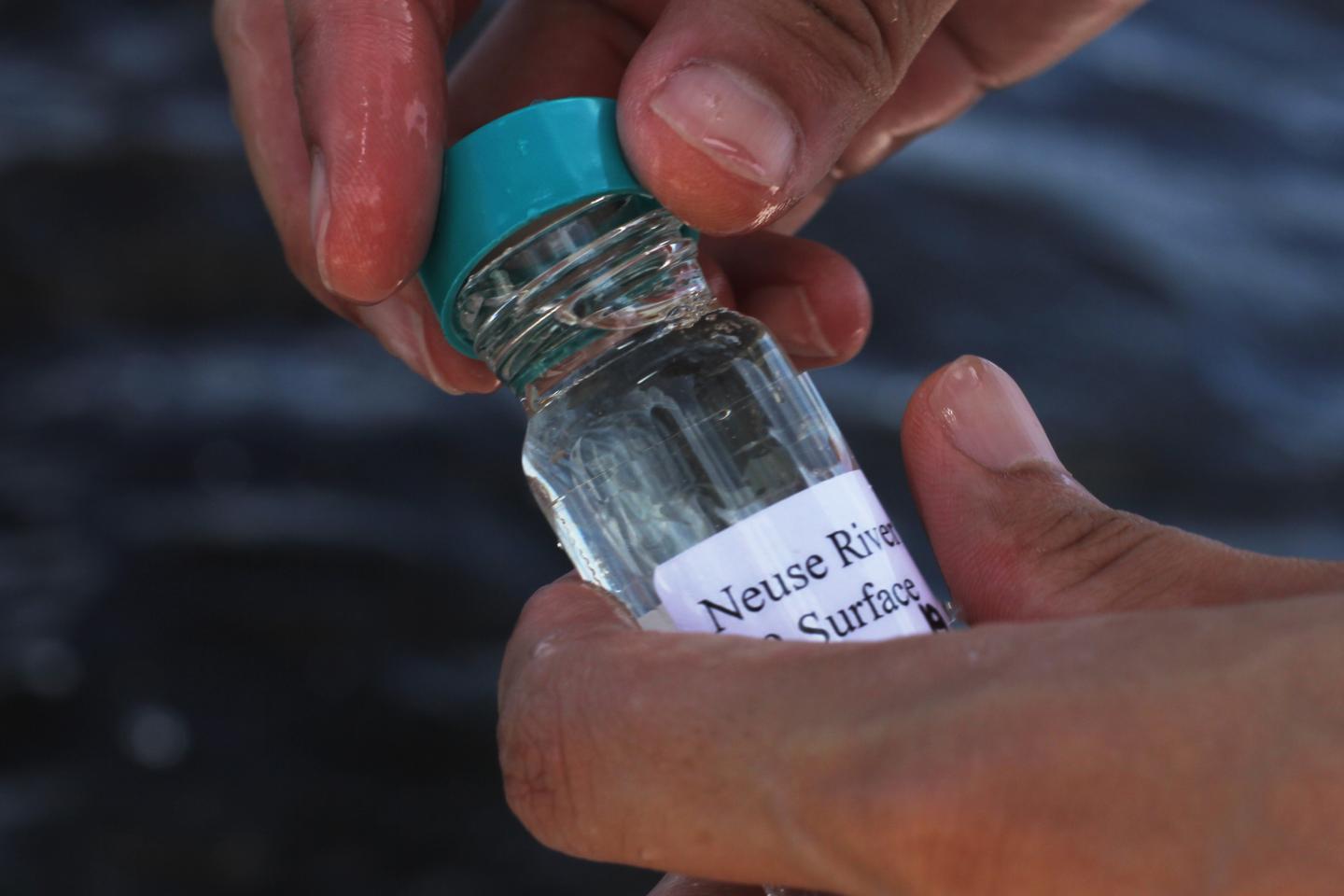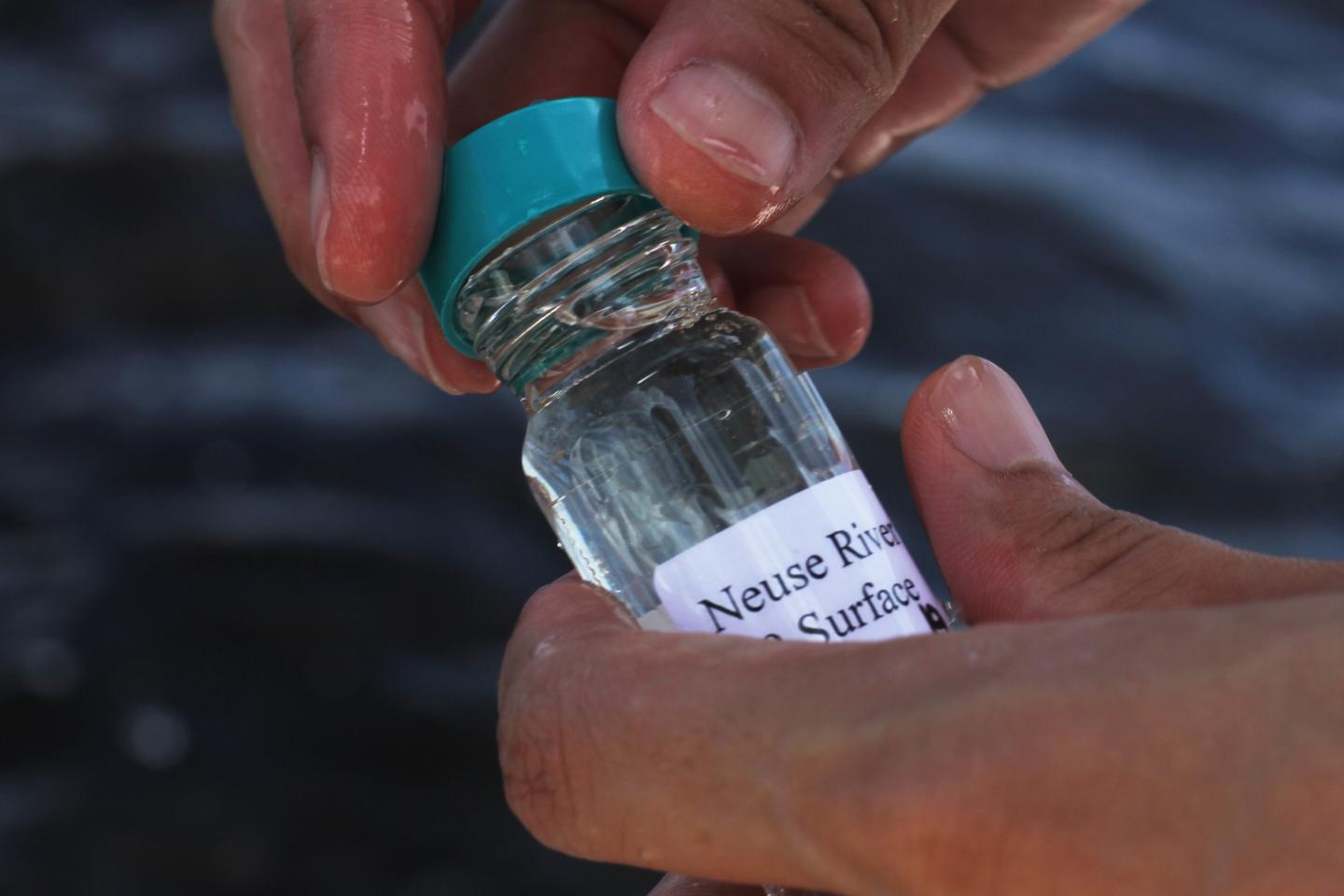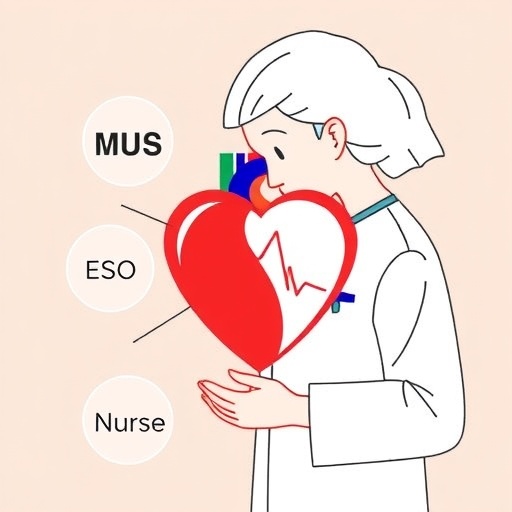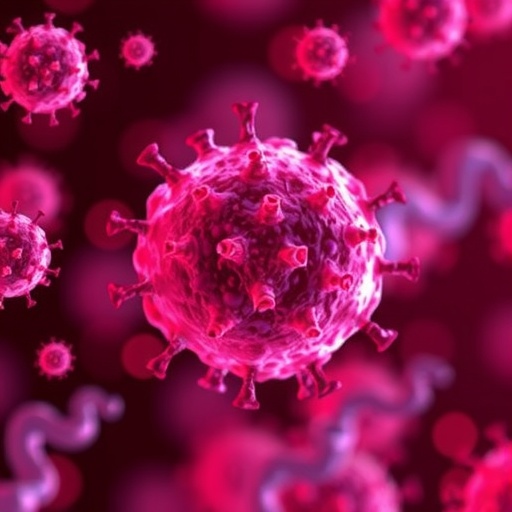
Credit: Mary Lide Parker, UNC-Chapel Hill
In one of the most comprehensive studies to date, University of North Carolina at Chapel Hill researchers have sequenced the genes of a harmful algae bloom, unveiling never-before-seen interactions between algae and bacteria that are thought to propagate their growth. The work also opens up the possibility of forecasting the appearance of a bloom and taking measures to prevent it – work that can save millions, even billions of dollars, in economic losses worldwide.
"This technique has given us one of the most detailed looks to date into the strategy algae use to grow uncontrollably, leading to devastating consequences in our coastal communities," said Adrian Marchetti, who led the research in UNC's department of marine sciences. "It is also one of the first efforts to get the algae to tell us what's going on in their natural environment, which wasn't possible to this degree before. Now, states have the potential to be more prepared than ever to warn the public about the potential of a harmful bloom and mitigate their effects."
Harmful algal blooms occur when colonies of algae–simple plant-like microorganisms that live in the sea and freshwater–grow out of control while producing toxic or harmful effects on people, fish, oysters and other shellfish, marine mammals and birds. Algae can grow uncontrollably when too many nutrients overload the water system, making conditions ripe for a bloom especially when combined with increased temperatures and a dry spell after a heavy rain.
In the past decade, harmful algal blooms have increased not only in the Neuse River Estuary, off the coast of North Carolina where the study took place, but have been reported in every U.S. coastal state. In the U.S. alone, experts estimate that harmful algae blooms have been responsible for more than $82 million in annual economic losses due to fish kills and poor water quality that makes water undrinkable and limits recreational use. With climate change, harmful algal blooms are anticipated to rise, further affecting our coastal and lake communities.
"There isn't a way to prevent these blooms just yet, but the ability to predict them opens up that possibility, should future technologies or strategies arise that allow researchers and state officials to do so," said Weida Gong, a graduate student who led the research with Marchetti.
Gong, Marchetti, an assistant professor in UNC's College of Arts and Sciences, and colleagues, including Hans Paerl, one of the world's foremost experts on algal blooms, sequenced a harmful bloom in the Neuse River Estuary, which empties into Pamlico Sound, and compared it to algae in an area of the estuary that were not experiencing a bloom. The comparison allowed the researchers to see which genes algae (specifically the blooming dinoflagellates, the main driver of this bloom) express when growing rapidly against the genes they express under normal conditions.
Marchetti, Gong, Paerl and colleagues found that, when in bloom, algae ramp up the expression of genes that help facilitate the exchange of vitamins and other nutrients with bacteria in what may be a mutually beneficial relationship. For example, the algae expressed genes that make their surfaces sticky, making it easier for the bacteria to attach and acquire nutrients from the algae and vice versa. The exchange is also a lot more intimate than ever known to be before, such that the algae appear to produce nutrients in the form that bacteria can absorb and vice versa.
Until now, methods to understand microbial interactions within an algae bloom have been very limited. In order to see how algae respond to increased nutrients, researchers had to take the algae out of their natural environment and test them in a lab. They would also have to test which species are present and how each was affected, a very time intensive process that still did not provide much information about how algae were interacting with other microorganisms in their environment. With these new sequencing techniques, all the researchers have to do is sequence the microbes in the water, which tells them which species are present and how they respond.
"That's the power of this technique," said Paerl, a distinguished professor at UNC's Institute of Marine Sciences. "It gets the algae to tell us how they respond to changes in their natural environment – and that's the best way for us to understand the cause and effect relationship that is going to help intervene in targeted and meaningful ways to protect our communities."
The work will appear in the Dec. 2 issue of The ISME Journal: Multidisciplinary Journal of Microbial Ecology.
###
Media Contact
Thania Benios
[email protected]
919-962-8596
@unc
############
Story Source: Materials provided by Scienmag





